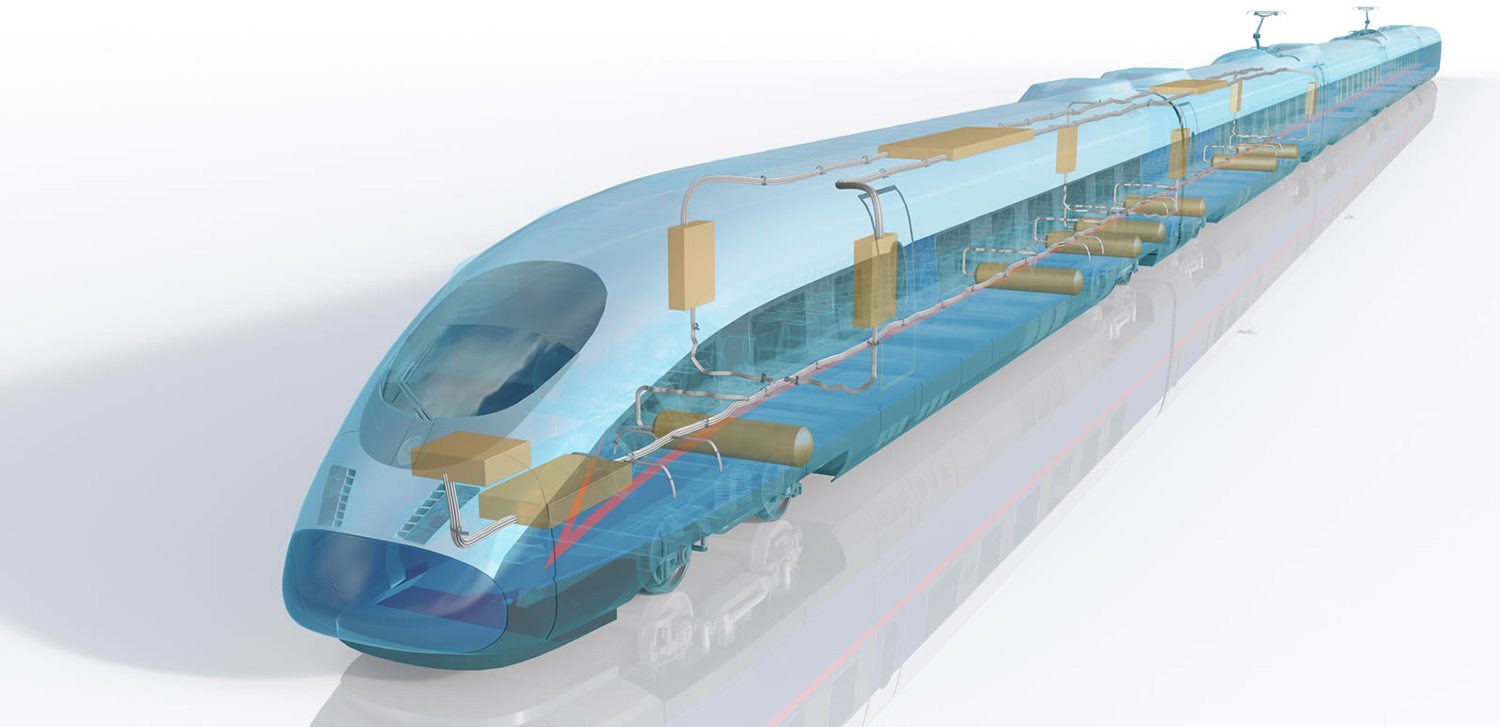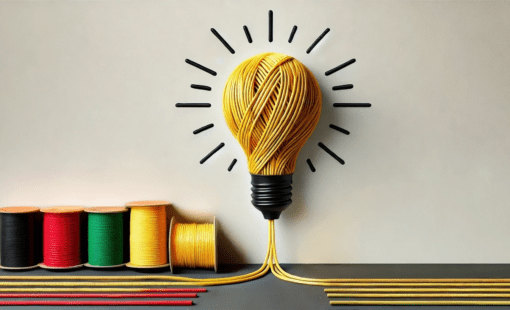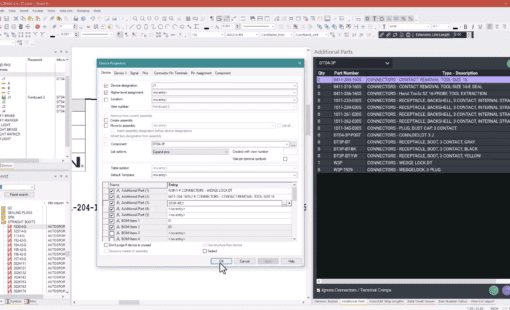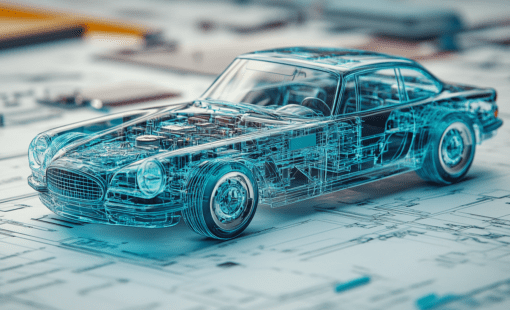Today I’m going to be talking about the increase in complexity of rolling stock and off track devices in the rail industry, and how they are presenting a whole set of new challenges for electrical engineers. Engineering buzz phrases that might traditionally be associated with automotive companies are now top of the agenda. Platform design, among many others, is a design approach that the major players are using to reduce design cycle time and development costs.
The Platform Strategy in Rail – The Definition
A platform strategy is a technical basis on which several similar products are designed. A local train’s platform, for example, could be the family/model of a local train that has a different number of cars, a different combination of car doors and with different passenger information systems, depending on the respective operation area.
Sorry if you already know this, but let’s just make sure we agree on a common understanding.
A platform is a collection of standardized modules, which might be termed options – which can then be formulated and reused in different ways to make different variants and further customized for an individual product. The platform concept is a mechanism to reduce time and costs through reuse of modules. The reuse is not limited to manufacturing but also includes development and service. By reusing standardized and proven modules, fewer resources are needed e.g. for testing and maintenance. It also means that less time is spent on implementing changes because it minimizes the number of separate projects in progress.
The platform strategy makes many demands on the development process and software tools involved, including the management and control of variants and options within the platform. For customized product documentation, the focus concentrates on the possible configurations.
Platform Design – Design Reuse
As I already hinted (maybe you noticed?), the concept of design reuse is at the heart of the platform design approach. But without correct management, what first seemed like a good idea could turn into a total design nightmare. We’ve all been at that terrible place before haven’t we? When a component becomes obsolete, for example – just another headache you could do without but that’s a fact of life. As more and more components are being used in any one product, this is becoming a bigger issue. It is therefore critical to have a design platform that can monitor the different variants of a design and automatically update them…can you guess where I’m going with this?
Initial implementation of design reuse can also be easier said than done. In reality, copying and pasting all the details within a design can be quite a challenge, it’s not just the schematic, it’s all the important attributes that sit behind this. Having a design platform that will do all this easily is important for achieving the cost savings and reducing cycle times that everyone within the industry is seeking…sorry here it comes.
Platform Design – The Easy Way for Electrical System Design
So I’m totally biased, I work for Zuken and I specialize in E³.series. So I can tell you that one such solution available to facilitate the platform design approach is Zuken’s E³.series electrical design software which has been designed to support modular electrical product structures in a highly efficient way. In all E³.series modules the definition of multi-stage variants and options is supported. A separate tree makes it easy to access variant and option management and displays the actual configuration for the user. So you won’t take my word for it? That’s fair enough, I’m a pretty sound kind of guy but I have already admitted my bias.
Related Products and Resources

- Test Drive

- Products
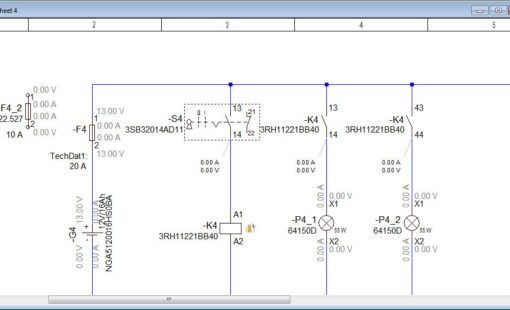
- Products

- Products
E3.series is a Windows-based, scalable, easy-to-learn system for the design of wiring and control systems, hydraulics and pneumatics. The out-of-the-box solution includes schematic (for circuit and fluid diagrams), cable (for advanced electrical and fluid design), panel (for cabinet and panel layout), and formboard (for 1:1 wiring harness manufacturing drawings). Integrated with MCAD, E3.series is a complete design engineering solution from concept through physical realization and manufacturing output.
